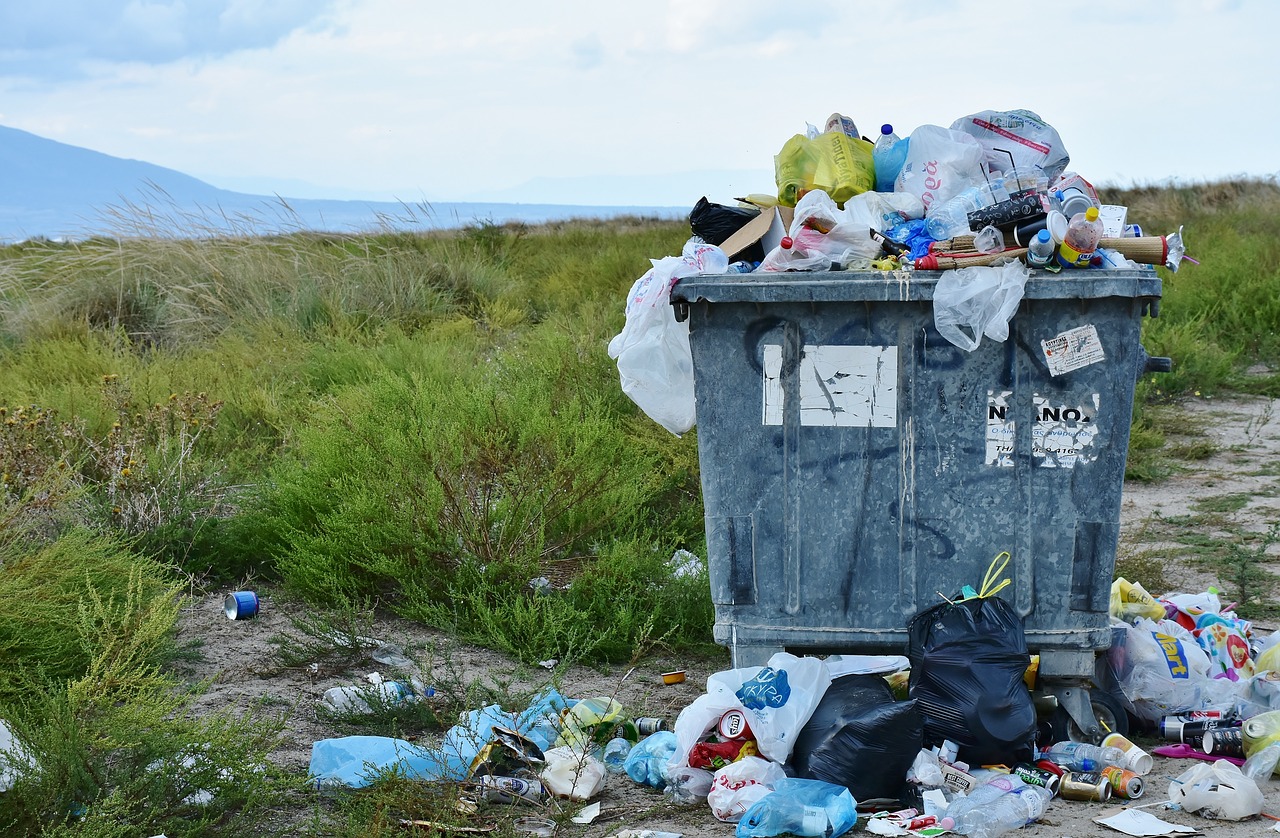What impact does eco-friendly packaging have on reducing plastic waste?

In a world increasingly aware of the pressing need for environmental sustainability, the conversation around packaging materials is more pertinent than ever. Many of us are curious about the role of eco-friendly packaging in reducing plastic waste and its associated environmental impact.
As consumers, you are becoming more conscious about the environment, demanding less plastic waste from the products you use. As a result, the packaging industry is now exploring sustainable packaging solutions that are not only environmentally friendly but also beneficial to the supply chain. This has led to a rise in the adoption of green packaging practices, with companies opting for biodegradable, recycled, and reusable packaging materials instead of traditional plastic packaging.
Cela peut vous intéresser : The essentials on parachute pants: return of a classic
The shift to sustainable packaging practices is not just a trend; it’s an urgent need to address the challenges of waste management, pollution, and our carbon footprint.
In this in-depth look at the subject, we’ll examine the impact of eco-friendly packaging on plastic waste reduction, the different types of sustainable packaging materials available, and the way forward for the packaging industry.
Lire également : Learn arabic online: tailored lessons for every learner
Eco-friendly packaging and plastic waste reduction
The dramatic reduction in single-use plastics is one of the most visible impacts of eco-friendly packaging. Single-use plastics, a significant contributor to plastic waste, have serious consequences for our environment. They take hundreds of years to decompose, pollute our oceans, and harm wildlife.
Eco-friendly packaging is designed to address these issues. Primarily made from recycled or biodegradable materials, eco-friendly packaging significantly reduces the amount of waste sent to landfills and the amount of new plastic produced.
Many companies have adopted eco-friendly packaging solutions for their products, drastically reducing their plastic waste. For instance, cereal companies have replaced plastic inner bags with recycled cardboard. These strategies not only reduce plastic waste but also help companies reduce their carbon footprint, making them more appealing to eco-conscious consumers.
Types of sustainable packaging materials
There are various types of sustainable packaging materials available today, each with its unique benefits.
Biodegradable packaging is made from plant-based materials such as cornstarch and wheat. These materials break down naturally over time, unlike plastics.
Recycled packaging is made from used materials that have been processed and transformed into new products. This type of packaging reduces the need for raw materials and decreases the amount of waste heading to landfills.
Reusable packaging is designed to be used multiple times, reducing the need for single-use packaging. Numerous companies are now offering products in reusable containers that can be returned, cleaned, and reused.
These environmentally friendly packaging alternatives all contribute towards reducing plastic waste and promoting sustainability.
The way forward for the packaging industry
The packaging industry plays a pivotal role in our journey towards environmental sustainability. As the demand for eco-friendly products increases, manufacturers must continue to innovate and develop more sustainable packaging practices.
One way to achieve this is by integrating sustainability into every aspect of the supply chain. This means not just focusing on the end product but also considering the environmental impact of raw material extraction, production processes, and waste management.
Creating awareness amongst consumers is another critical step. Consumers play a significant role in driving demand for sustainable products. Therefore, educating consumers about the environmental benefits of eco-friendly packaging can lead to more sustainable purchasing habits.
Conclusion: Eco-friendly packaging – a solution to plastic waste
The shift from traditional plastic packaging to eco-friendly alternatives has already shown significant promise in reducing plastic waste. But it’s more than just a solution to plastic waste. It’s about redesigning our consumption habits, making smart choices, and prioritizing the environment.
The adoption of sustainable packaging practices is only going to accelerate. By implementing these practices, we can reduce not only plastic waste but also our carbon footprint.
In the grand scheme of things, the move towards eco-friendly packaging is a step towards a more sustainable future. By embracing green packaging, you not only contribute to reducing plastic waste but also play a part in preserving our planet for future generations. This is the kind of impact that eco-friendly packaging can and should have. It’s up to us all to make it happen.
